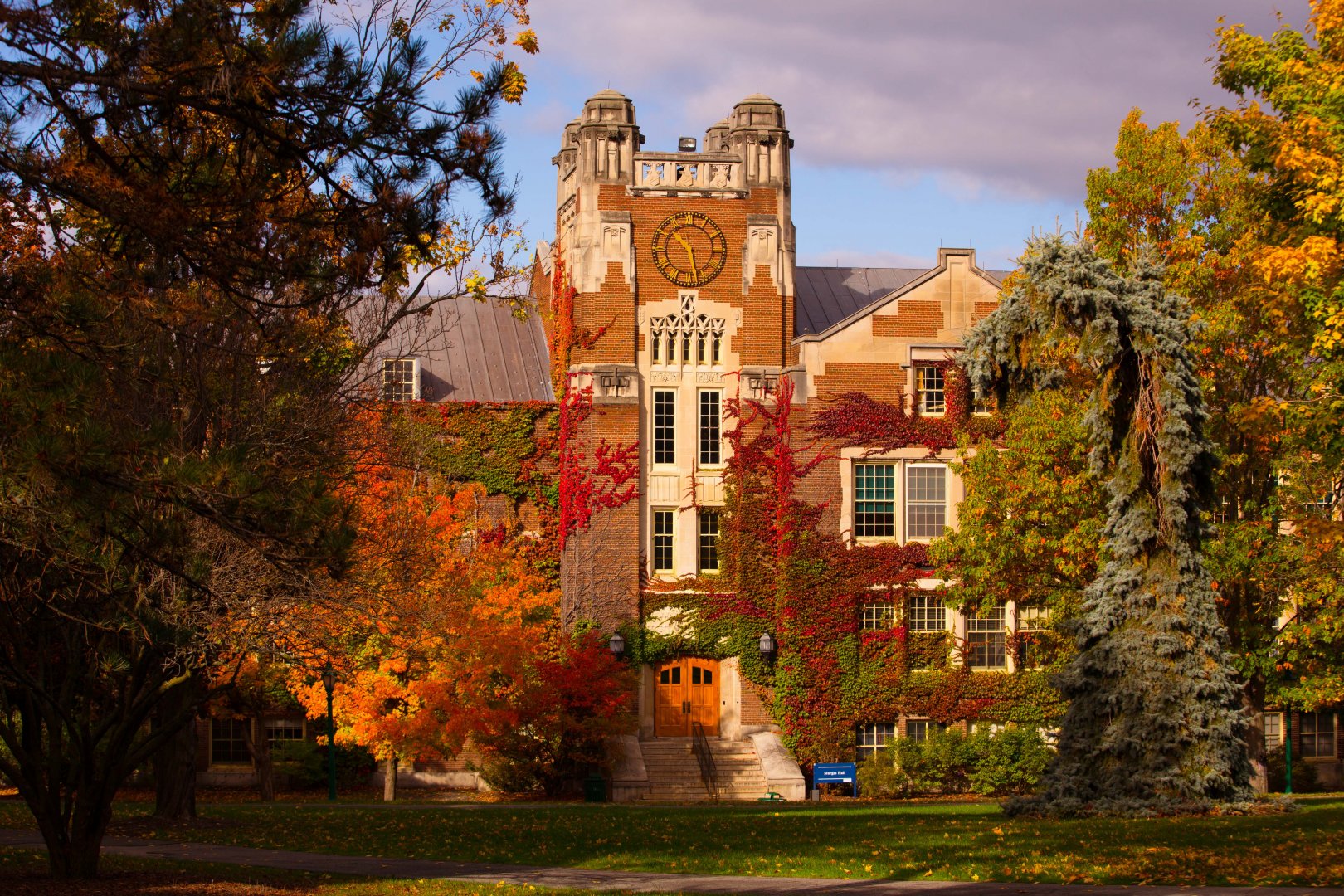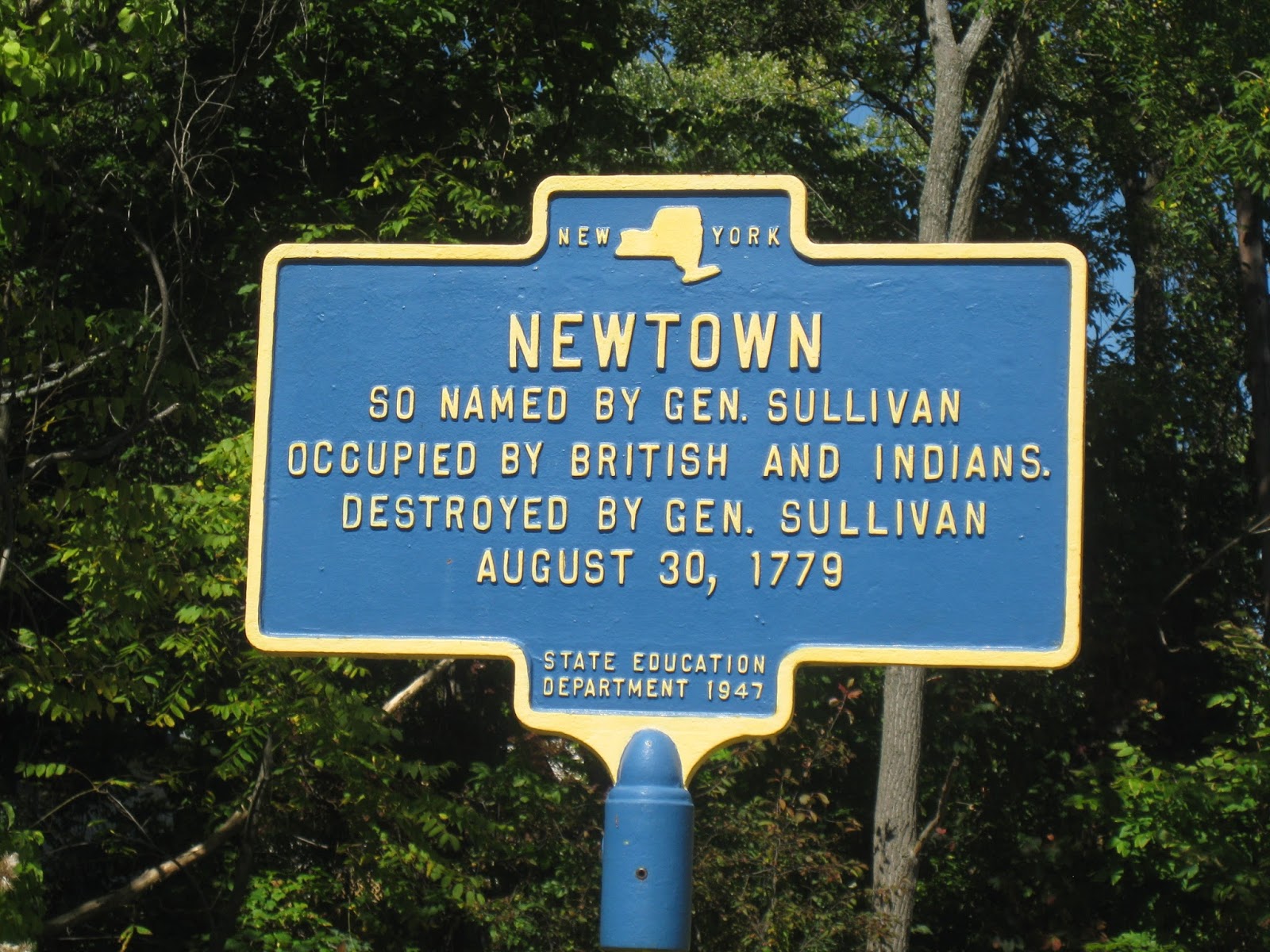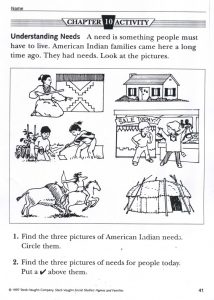Under state law, New York requires every municipality to have an official historian. When you do the math, that comes out to one historian for each of the five boroughs of New York City, 12 Community Historians in Manhattan, 62 city historians, 932 town historians, and 544 village historians. Add to that the 62 county historians, the scores of small historical societies, and the dozens of small archives, collections, and history museums, and you have the foundation for a vibrant local history community.
Some of these local historians are more active than others. Some have more resources at their disposal. A huge percentage of them serve as volunteers. Many of them are retirees, doing work they love with great enthusiasm in the name of preserving their community’s past. To varying degrees, they coordinate their efforts, and meet together to discuss common interests and concerns, like the meeting of the Government Appointed Historians of Western New York (GAHWNY) I attended last fall. It is a hodge-podge, with a thousand moving parts, but the work they do is exciting and important.
And largely separate from the work we do as academic historians. That reality has become increasingly clear to me over the course of this past year, as I began to survey the public history landscape in New York State. It is a shame. The academic history community has largely ignored local historians. And as I began to meet local historians, and talk with them, it struck me that we in the academy could be doing so much more, and that we had overlooked an extraordinarily valuable community of historians doing extraordinarily valuable work.
Why not, then, form a partnership between local historians and my college that could benefit us all—students at our college interested in history or museum studies, the public history community, and those in the general public with an interest in history? Why not form a center to encourage interest in state history at the local level? That’s what we are trying to do at Geneseo—a Center for Local and Municipal History– and our first steps will take place on February 16th.
Encouraging a partnership between our college and the local history community will certainly benefit our students. Teaching is not an attractive career path for all of our students, and the withered state of the academic job market makes it difficult for us to encourage even the most talented to pursue graduate training in history. Our students find work in a host of fields, and I believe firmly that history students emerge from our college with the skills to prosper in a variety of fields.
Still, history itself, as a discipline, is changing. Museum studies is a dynamic and creative field. The broad expanse of the “digital humanities” is bringing innovation to historical research, publishing, archival work, and public education. Thanks to the creative teaching of my colleague Yvonne Seale (@YvonneSeale) and other members of the Geneseo community, our students have the opportunity to learn these versatile digital skills. Our students, I believe, can provide important assistance to resource-starved local and municipal historians. Our students will benefit from the opportunity to deploy their skills in a real-world setting and local historians will benefit from the assistance our students can offer.
But there is more to it than that.
The New York State K-12 Social Studies Framework places no emphasis on local history. As a result, too many New Yorkers know too little about the history of the communities in which they live. I suspect that this problem is not unique to New York State. The American Association of Colleges and Universities, which in part has funded our local history initiative, argues that “in this turbulent and dynamic century, our nation’s diverse democracy and interdependent global community require a more informed, engaged, and socially responsible citizenry.” This sort of civic engagement and civic learning, I would argue, can occur in a more meaningful manner when our friends and neighbors know who and what and where they are in terms of connection to a certain location in place and time. How did we get here? Why is our community the way it is? What is the source of the challenges we face as members of communities? How can we confront those challenges effectively, and what have we tried before. These questions are fundamentally historical.
If you read the news, and follow developments across the political spectrum, you will note that many Americans, regardless of their political affiliation, or whether they live in the inner city, the suburbs or in rural New York, feel disconnected, like outcasts. Rootlessness. When we teach people about their own history, their own place, we teach them, at least in part, that their stories matter. It may not be enough for us any longer merely to remember the past. We can and should do more. We can connect people who feel disconnected when we present them with the evidence that they have a role in their community’s story, that they are themselves forces in history.
Local historians are already doing much of this important work. They will do it with or without the support of the academic history community. Just before Christmas, I met with Larry Naukam, formerly with the Rochester Public Library, and a gentleman with a mastery of the work being done by local historians and archivists in upstate New York. We met at the Starbucks in Brighton, at Twelve Corners, not far from my house. There, Larry showed me all sorts of fantastic work. He showed me, for instance, the digitized church and cemetery records on the Rochester Genealogical Society webpage. Then the Rochester Churches Indexing Project (RCIP), started some time ago by individual researchers affiliated with the RGS. The Cayuga Heights History Project contains a wealth of information on Ithaca, New York, as does the History Forge. Amie Alden, the County Historian in Livingston County, where SUNY-Geneseo is located, has valuable information on her department’s website, including records relating to Civil War deserters and wills and other archival sources. Historians in Wayne have assembled a useful collection of materials on historic sites in that county. Small museums, like that belonging to the Walworth Historical Society, posts records and resources. Somehow, I had missed the Digital Public Library of America, which houses many millions of images from across the country, many with a local focus. The New York Heritage Digital Collections page is also worth your time. The Fulton NY Post Cards website is a crazy scene and clunky to use, but it includes millions of pages of digitized New York newspapers.
All this from one conversation, in one hour, in one coffee shop. There is so much material available to reconstruct local histories. These records allow those of us who study the past to tell the stories of the ordinary people who spent their lives in the communities we now call home. Geneseo students, I hope, will join in our efforts to recover, preserve, and present the documents containing these stories to the public, and to convince our friends and neighbors that this effort is worthwhile. In these collections we find people who appear nowhere else in the historical record. They appear fleetingly and incompletely in these documents. But tracking them down, as Arlette Farge put it, is part of the “allure of the archives,” those “encounters with the silhouettes of the past,” which possess “an obscure beauty in so many existences, barely illuminated by words.” So many people appear in these archives, and the stories of so many places. “What,” Farge asks, “can be done with these countless individuals, their tenuous plans, their many disjointed movemnts?” Farge likened what she found to the shifting images one sees when gazing into a kaleidoscope, dynamic always, appearing and disappearing, passing quickly out of your field of view sometimes before you get a clear sense of what you are looking at.
We at Geneseo want to talk about these stories, and enlist our students in the effort. Our first step is going to be a gathering on campus on February 16th, to discuss what can be done to forge a strong and viable partnership between different stakeholders and students. I expect nearly 60 people to attend our meeting, including New York State Historian Devin Lander and Professor Taylor Stoermer, who teaches in the Museum Studies program at Johns Hopkins. Prior to joining the Museum Studies faculty, Dr. Stoermer was Instructor of Public History at Harvard University, Director of Historic Huguenot Street (a National Historic Landmark District in New York), Chief Historian of Colonial Williamsburg, Invited Research Scholar at Brown University. He has held Fellowships at Yale University, the Huntington Library, the International Center for Jefferson Studies at Monticello, and the Virginia Historical Society. He is an alumnus of Johns Hopkins, the Tulane University School of Law, Harvard, and the University of Virginia, where he earned his Ph.D. in History, specializing in colonial Virginia and the American Revolution. Dr. Stoermer is also the author of Colonial Williamsburg: The Official Guide (2014) and Public History: A Field Guide (Forthcoming, 2019).
I am looking forward to a lively discussion from which I hope to learn a great deal. Then, during the first summer session in May, I will teach a course at Geneseo called “Local History Workshop.” Students who enroll in the course will work in tandem with a local historian or historical society on projects that engage the public. If the course is popular, I will add it to my regular rotation. If these steps succeed, we will begin to raise money for the establishment of a center on campus. 1500 Local Historians, and none of the SUNY campuses devotes much attention to them. We at Geneseo hope to lead the way. The local historians with whom I have spoken are enthusiastic. They need the help. I expect we will find students willing and ready to join in the effort. If you are interested in joining us, please feel free to drop me a line. Local history matters, now more than ever.




 Wherever your school is located, you likely are near a badly biased state historical marker, full of loaded language, displaying common, stereotyped views of native peoples. Your students can research these sites, or the events that took place there, and revise them.
Wherever your school is located, you likely are near a badly biased state historical marker, full of loaded language, displaying common, stereotyped views of native peoples. Your students can research these sites, or the events that took place there, and revise them.